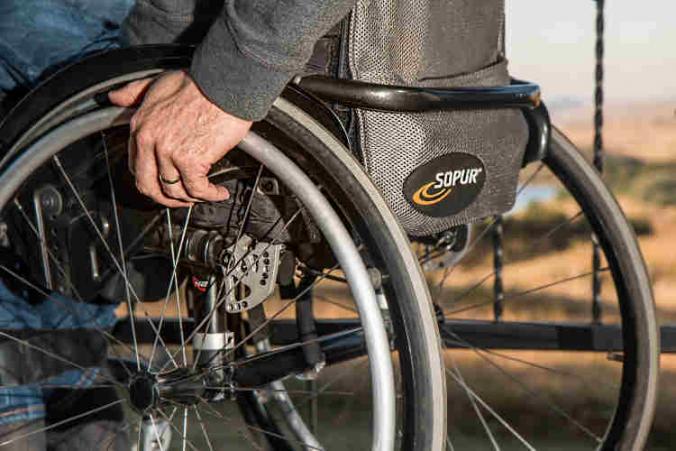If you have a work injury or work-related illness in Washington State, then you can file an L&I claim. Your L&I claim should cover all conditions that arise from the work injury or disease. We refer to these conditions as “causally related”. However, in some cases, it can be challenging to determine which conditions are causally related. Especially with L&I came late diagnosis where conditions come up later in the claim.
Work injury medical condition: Causation and aggravation
Under the law, a condition relates to the workplace injury if: (1) The work injury caused or aggravated the condition; or (2) The cause or aggravation was a result of medical treatment for the workplace injury. Clearly, when a diagnosis comes late, it can be difficult to establish the causal connection.
There are many cases where conditions arise in later stages of a workers’ compensation claim. Often, these conditions come up late due to valid and logical reasons. Common reasons include overlooking a diagnosis, or failure to obtain necessary diagnostic studies early. Another reason can be a minor injury at first, which progresses into a severe one later. Moreover, there are other reasons such as new medical conditions that develop during (or as a result of) treatment. Either way, it’s important to ensure that the Department of Labor and Industries (L&I) covers these conditions. Therefore, it’s imperative to show causal relation to the workplace injury under your L&I claim.
Missing diagnosis in a workplace injury
It’s very common for initial work injury or workplace disease diagnoses to be simple soft tissue issues. For example, sprains or strains. These diagnoses should heal quickly within weeks or months. However, when symptoms persist, it may be necessary to take a second look. For whatever reason, more significant diagnoses may not surface up for months or even years. When doctors make the “new” diagnosis so much later, it can raise serious questions about causation. Moreover, it can be particularly challenging if treatment wasn’t consistent, or if it continued over time. This is one reason I always stress the importance of having an attentive attending provider on your L&I claim. In my experience, if your L&I claim medical provider is attentive, then you have lower likelihood for missing diagnoses.
Failure to obtain necessary diagnostic studies
Another common reason for “new” diagnosis that comes in late is when doctors do not request diagnostic studies early. Many work injury claimants I represent experience the frustration of authorization denials for diagnostic studies. For example, when requesting an MRI. In the most egregious cases, I’ve seen IMEs opine there is no diagnosis because there are no “objective” findings for it. However, there are no objective findings because the attending provider’s request for an MRI is denied. Sometimes, it requires litigation to finally get the MRI. Then, when we finally get the MRI, it objectively documents a more severe diagnosis. Here, these may include disc herniation, muscle, tendon or ligament tear. In some cases, it can reveal a fracture or nerve impingement.
Progression of the initial work injury
Occasionally, a diagnosis may not occur until later in your L&I claim because it doesn’t progress until later. For instance, a person may experience a muscle, tendon, or ligament strain as a result of a specific injury at work or work activity. Over time, the damage may progress and become worse. For example, a shoulder stain may become a partial or full thickness tear. The same goes for knee strains that can become meniscus tears. Alternatively, back injuries that turn into full disc herniation. Here, the question we ask if whether a more severe condition developed out of the original work injury? If the answer is “no”, then the more severe injury is not causally related.
New injury during treatment
In Washington State, under the law, injuries that occur during treatment also fall under your workers’ compensation claim. Unfortunately, these kinds of injuries are more common than you’d expect. No one ever intends for them to happen. However, additional injuries can occur during massage therapy or physical therapy. Furthermore, they can even happen as a side effect of an authorized treatment such as surgery.
In my experience, the most critical thing is to ensure there’s a medical report. The report should document the injury – when and how it happened. Workers’ compensation is not about fault. Therefore, it doesn’t matter how the new injury occurred. However, we still need to establish causation. Hence, it’s important to document the fact that the injury happened during treatment.
L&I Claim Late Diagnosis: Final remarks and conclusion
Causal relationship of medical conditions is always an important issue in a workers’ compensation claim. Often, challenges can arise, especially when diagnoses come later. That’s often the case with L&I claim late diagnosis. Yet, regardless of the reason for the late diagnosis, it’s important to establish the connection. Explicitly, the chain of connections between the “new” diagnosis and the original workplace injury or occupational disease.


